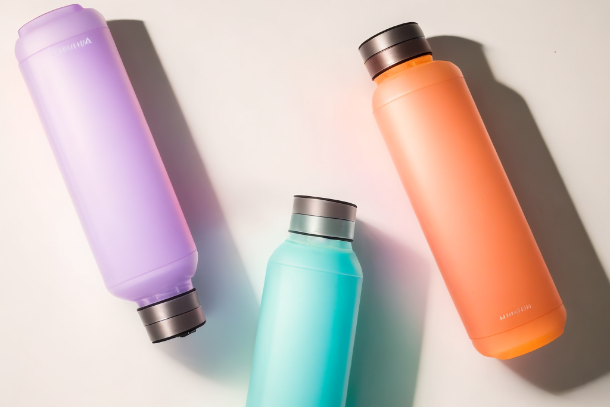Quenching the Thirst for Knowledge: Calculating Water Bottles to Gallon Ratio
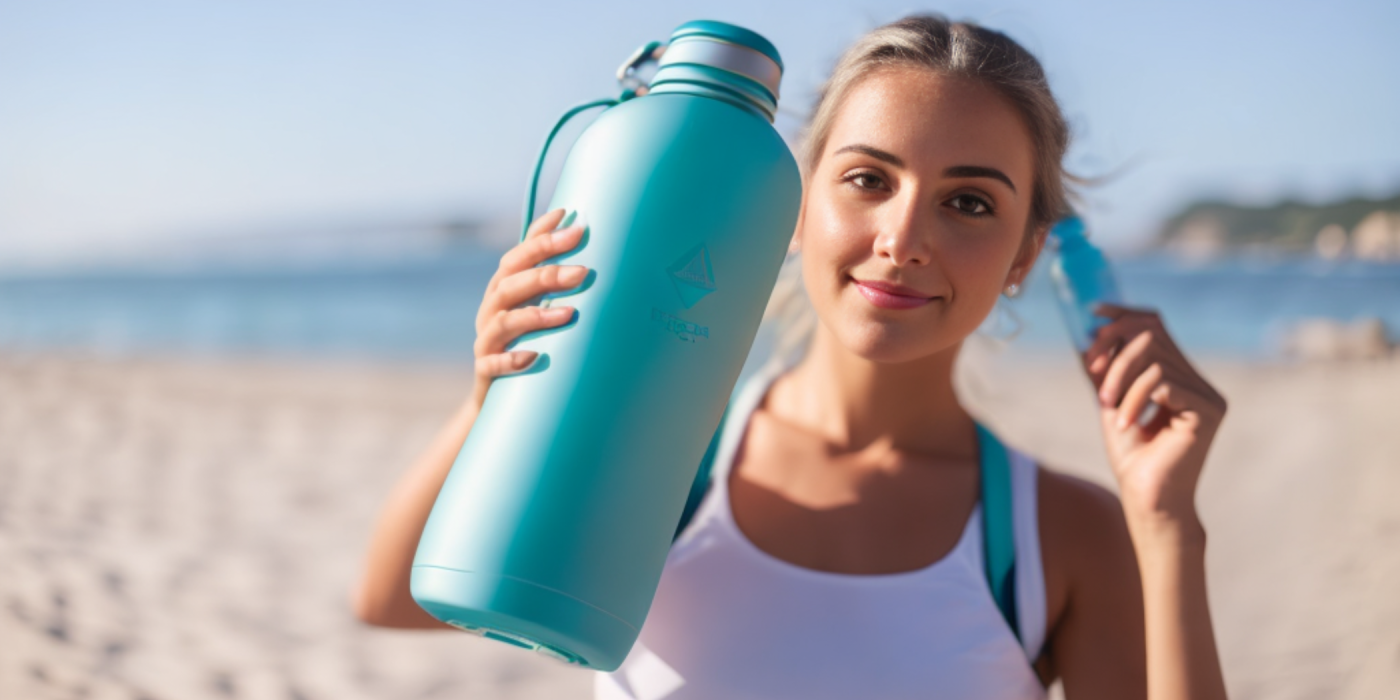
Are you tired of constantly refilling your water bottle and wondering how much water you're actually consuming? Look no further! In this article, we will quench your thirst for knowledge by helping you calculate the water bottles to gallon ratio.
Whether you're a fitness enthusiast, a busy professional, or simply someone who wants to stay hydrated, understanding this ratio can be a game-changer. Not only will it provide you with a clear understanding of how much water you're drinking, but it will also help you set realistic hydration goals. From the convenience of carrying a water bottle to the environmental impact of disposable bottles, there are numerous factors to consider. Join us as we dive into the world of water bottles and gallons, and unlock the secrets to staying hydrated in the most efficient and sustainable way possible. Get ready to quench your thirst for knowledge and take control of your hydration journey!
Why is it important to calculate the water bottle-to-gallon ratio?
Staying hydrated is essential for overall health and well-being. Understanding the water bottle-to-gallon ratio is important because it allows you to track your water intake accurately. Many people underestimate the amount of water they consume, which can lead to dehydration and other health issues. By calculating the water bottle-to-gallon ratio, you can ensure that you are meeting your hydration needs and staying on top of your water intake goals.
Calculating the water bottle-to-gallon ratio also helps you make informed decisions about the type and size of water bottle you should use. Different activities and lifestyles require different amounts of water, and knowing the ratio can help you choose the right bottle to meet your specific needs. Additionally, tracking your water consumption can motivate you to drink more water throughout the day, helping you stay properly hydrated.
Understanding the water bottle to gallon ratio concept
The water bottle-to-gallon ratio concept is relatively straightforward. It represents the number of standard-sized water bottles it takes to make up one gallon of water. A standard-sized water bottle typically holds around 16.9 fluid ounces or 500 millilitres of water. To calculate the ratio, you divide the number of fluid ounces in a gallon (128 fluid ounces) by the number of fluid ounces in a standard-sized water bottle (16.9 fluid ounces). The result is the number of water bottles that make up one gallon.
How to calculate the water bottle to gallon ratio
Calculating the water bottle-to-gallon ratio is simple. Let's break it down step by step:
1. Determine the number of fluid ounces in one gallon. There are 128 fluid ounces in a gallon.
2. Identify the number of fluid ounces in a standard-sized water bottle. In most cases, this is 16.9 fluid ounces.
3. Divide the number of fluid ounces in a gallon by the number of fluid ounces in a standard-sized water bottle. This will give you the water bottle-to-gallon ratio.
For example, if we divide 128 fluid ounces by 16.9 fluid ounces, the water bottle-to-gallon ratio is approximately 7.57. This means it takes approximately 7.57 standard-sized water bottles to make up one gallon of water.
Calculating the water bottle-to-gallon ratio allows you to convert between the two measurements easily and helps you keep track of your water intake accurately.
Factors to consider when calculating the water bottle-to-gallon ratio
While the water bottle-to-gallon ratio provides a general guideline for tracking your water intake, it's important to consider a few factors that may affect the accuracy of your calculations:
1. Bottle size: Not all water bottles are the same size. Some may hold more or less water than the standard-sized water bottle. To ensure accurate calculations, use the specific fluid-ounce capacity of your water bottle when determining your water bottle-to-gallon ratio.
2. Personal hydration needs: The amount of water each person needs can vary depending on factors such as age, weight, activity level, and climate. While the water bottle-to-gallon ratio serves as a useful guideline, it's essential to listen to your body and adjust your hydration goals accordingly.
3. Other sources of hydration: Remember that water isn't the only source of hydration. Other beverages and foods, such as fruits and vegetables, also contribute to your overall hydration. Take these factors into account when calculating your water bottle-to-gallon ratio and setting your hydration goals.
By considering these factors, you can make more accurate calculations and tailor your hydration goals to your individual needs.
Benefits of knowing the water bottle to gallon ratio
Knowing the water bottle-to-gallon ratio brings several benefits to your hydration journey:
1. Accuracy in tracking water intake: By understanding the water bottle-to-gallon ratio, you can track your water intake more accurately. This ensures that you're meeting your daily hydration goals and staying properly hydrated.
2. Realistic hydration goals: The water bottle to gallon ratio helps you set realistic hydration goals. Instead of aiming for an arbitrary number of glasses or bottles per day, you can use the ratio to determine how much water you need to consume to reach your daily target.
3. Convenient measuring system: The water bottle to gallon ratio provides a convenient measuring system that allows you to convert between gallons and water bottles effortlessly. This is especially useful when planning outdoor activities, trips, or workouts where you need to ensure you have enough water to stay hydrated.
4. Environmental consciousness: By knowing the water bottle-to-gallon ratio, you can make more sustainable choices when it comes to water bottles. Instead of relying on disposable plastic bottles, you can opt for reusable bottles that not only reduce waste but also save you money in the long run.
Tips for staying hydrated and using the water bottle to gallon ratio
Now that you understand the importance of the water bottle-to-gallon ratio, here are some tips to help you stay hydrated and make the most of this knowledge:
1. Find the right water bottle: Choose a water bottle that suits your lifestyle and hydration needs. Consider factors such as size, material, and portability. Whether you prefer stainless steel, glass, or BPA-free plastic, find a bottle that you enjoy using and that makes it easy to track your water intake.
2. Set achievable hydration goals: Use the water bottle-to-gallon ratio to set realistic hydration goals. Start by calculating how many water bottles you need to consume per day to meet your hydration needs. Gradually increase your intake if necessary, but avoid overhydration.
3. Track your water consumption: Keep a record of how much water you're drinking each day. This can be done using a mobile app, a journal, or even a simple tally system. By tracking your water consumption, you can identify patterns and make adjustments to ensure you're consistently meeting your hydration goals.
4. Establish a routine: Incorporate drinking water into your daily routine. Set reminders or create habits that prompt you to take regular sips throughout the day. This will help you stay hydrated without having to think about it constantly.
5. Customize your ratio: Remember that the water bottle to gallon ratio is a guideline, and you can adjust it based on your individual needs. If you find that you require more or less water to stay properly hydrated, feel free to modify the ratio to suit your body's requirements.
Different types of water bottles available in the market
When it comes to water bottles, the options are endless. Here are a few types of water bottles you can find in the market:
1. Stainless steel water bottles: These bottles are durable, eco-friendly, and keep your water cold for an extended period. They are a popular choice for outdoor activities and are often available in various sizes and designs.
2. Glass water bottles: Glass bottles are an excellent option for those who prefer a chemical-free drinking experience. They are easy to clean, recyclable, and provide a pure taste. However, they are more delicate and may not be suitable for rough use.
3. BPA-free plastic water bottles: These bottles are lightweight, affordable, and come in a wide range of colours and designs. They are a convenient option for everyday use and are often dishwasher-safe. However, they may not be as durable as stainless steel or glass bottles.
4. Collapsible water bottles: If space is a concern, collapsible water bottles are a great choice. They can be folded or rolled up when empty, making them easy to carry and store.
Choosing the right water bottle depends on your preferences, lifestyle, and intended use. Consider factors such as durability, insulation, and ease of cleaning when making your decision.
Recommended water bottle-to-gallon ratios for different scenarios
While the water bottle-to-gallon ratio remains consistent, it's helpful to know the recommended ratios for different scenarios. Here are a few examples:
1. Everyday hydration: For everyday hydration, a general guideline is to aim for around 8 cups of water per day, which is approximately 64 fluid ounces or 3.77 standard-sized water bottles.
2. Fitness and workouts: When engaging in physical activity, it's essential to increase your water intake to compensate for fluid loss through sweat. Aim for an additional 1-2 cups of water per hour of exercise, depending on the intensity and duration. This translates to approximately 8-16 fluid ounces or 0.47-0.95 standard-sized water bottles.
3. Outdoor activities: When spending time outdoors, especially in hot weather, it's crucial to stay properly hydrated. Increase your water intake based on the intensity of the activity and the duration. As a general guideline, aim for at least 8-10 cups of water per day, which is approximately 64-80 fluid ounces or 3.77-4.73 standard-sized water bottles.
Remember that these are general recommendations, and individual hydration needs may vary. Adjust your water intake based on factors such as weather conditions, activity level, and personal preferences.
Common misconceptions about the water bottle-to-gallon ratio
While the water bottle-to-gallon ratio is a valuable tool, there are a few common misconceptions to be aware of:
1. One size fits all: The water bottle to gallon ratio provides a general guideline, but it's essential to consider individual factors such as age, weight, activity level, and climate. Everyone's hydration needs are different, so customize your ratio accordingly.
2. Water is the only source of hydration: While water is an excellent source of hydration, other beverages and foods also contribute to your overall fluid intake. Don't solely rely on the water bottle-to-gallon ratio; consider all sources of hydration.
3. Overhydration is healthy: Drinking excessive amounts of water can be just as harmful as dehydration. Listen to your body's cues and adjust your water intake accordingly. If you're unsure about your hydration needs, consult a healthcare professional.
By understanding these misconceptions, you can use the water bottle-to-gallon ratio more effectively and avoid potential pitfalls.
Conclusion
Understanding the water bottle-to-gallon ratio is a valuable tool in your journey towards optimal hydration. By calculating the ratio, you can accurately track your water intake, set realistic hydration goals, and make informed choices about the type and size of water bottle you use. Remember to consider factors such as bottle size, personal hydration needs, and other sources of hydration when using the ratio. By staying properly hydrated, you'll experience improved overall health and well-being. So, grab your water bottle, calculate your ratio, and quench your thirst for knowledge while taking control of your hydration journey!
Related to this article are the following:
- Water Bottles: The Environmental Impact. How many 16.9 ounce water bottles are in a gallon?
- Drink water to lose weight and when to drink water to lose weight
- Is mineral water good for you? Mineral Water vs. Seltzer vs. Sparkling Water
- How Many Water Bottles Make a Gallon?
- Healthy Eating: The Benefits of Eating a Healthy Diet
I do hope you have enjoyed this article and hope that you will subscribe to my newsletter so you can get the latest information about all things naturally relaxing.
Stay in touch, join the Naturally Relaxing Newsletter
Newsletter Signup
Post Your Comments
or post as a guest
Be the first to comment.
Latest articles in Water
Idea is to do article on waterfall
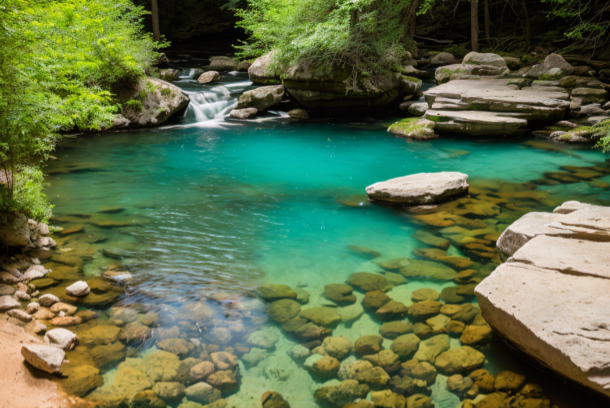
Finding the Perfect Swimming Hole: Your Comprehensive Guide
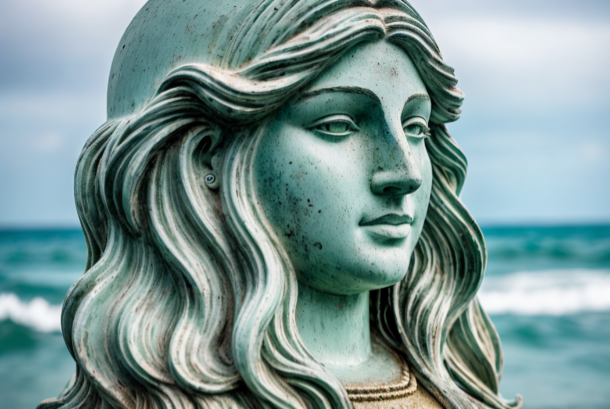
Exploring Sea Deities Around the World: A Dive into Global Mythologies
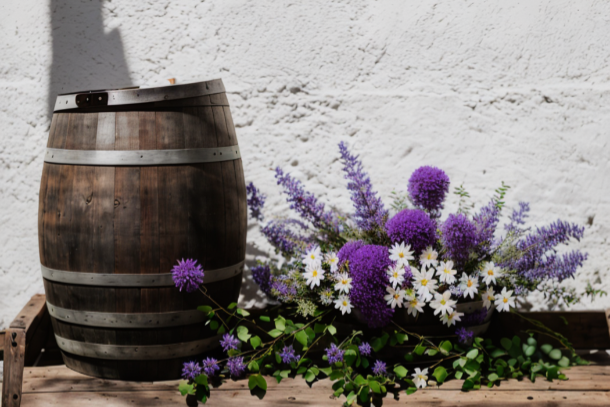
Harvesting Rainwater: A Comprehensive Guide to Rain Barrels and Water Storage
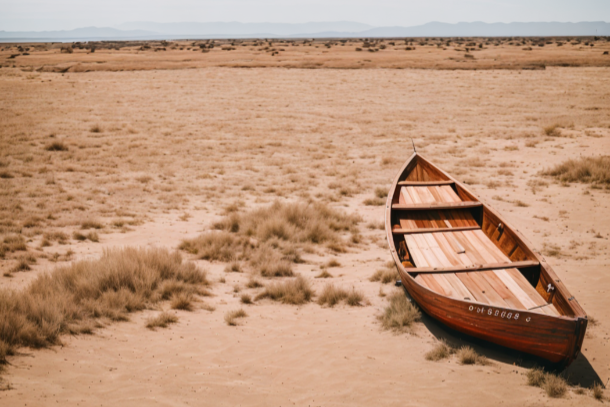
Creating Resilient Gardens: An Expert Guide to Drought-Tolerant Landscaping
